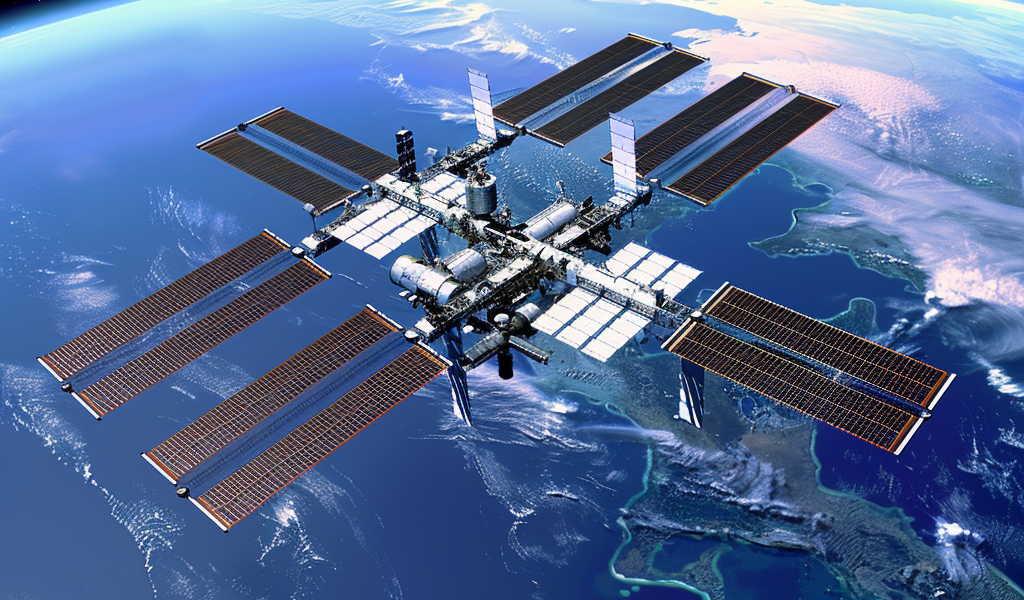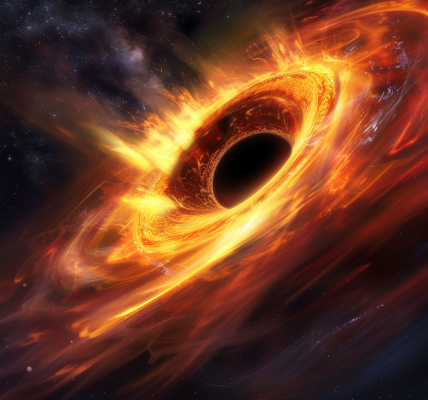As Big As A Football Field, 16 Orbits Of Earth In 24 Hours: All About ISS
The International Space Station (ISS) has been a symbol of human ingenuity and global cooperation for a quarter of a century. Here are ten intriguing details about this celestial marvel:
- Size and Weight: Resembling a small city floating in space, the ISS weighs a massive 419 tonnes and stretches the length of a football field, measuring 109 meters from end to end.
- Scientific Hub: Functioning primarily as a research facility, the ISS hosts scientists worldwide who conduct experiments in conditions of microgravity, essential for progress in various fields such as biology, physics, astronomy, and materials science.
- Costly Endeavor: The construction and maintenance of the ISS have been a colossal financial undertaking, exceeding $150 billion since its establishment.
- Operational Dynamics: Whirling around the Earth at an astonishing speed of 28,165.00 kilometers per hour, the ISS completes 16 orbits daily, granting astronauts on board 16 sunrises and sunsets in a single day.
- International Collaboration: Managed by a partnership of five space agencies from 15 nations, the ISS stands as a testament to global cooperation, although India is not currently part of this alliance.
- Human Presence: Since November 2000, the ISS has been continuously inhabited by astronauts, offering a living and working space larger than a typical six-bedroom house. It includes amenities like two bathrooms, a gymnasium, and a panoramic bay window providing a stunning 360-degree view of Earth.
- Sustainable Living: To ensure self-reliance, the ISS utilizes advanced recycling systems that transform sweat and urine into drinkable water, a vital innovation for extended space missions.
- Microbial Evolution: Despite its sterile appearance, the closed environment of the ISS fosters the growth of resilient microorganisms known as ‘super bugs,’ presenting unique challenges for crew health and station upkeep.
- Visible Wonder: The ISS is visible to the naked eye from Earth as it orbits above. Enthusiasts can monitor its trajectory across the night sky with resources provided by NASA.
- Future Prospects: While no Indian has visited the ISS yet, plans are in progress for an Indian astronaut to undertake a mission there in the near future. India also aspires to establish its own space station, the Bhartiya Antariksha Station, by 2040, showcasing a burgeoning ambition in space exploration.





